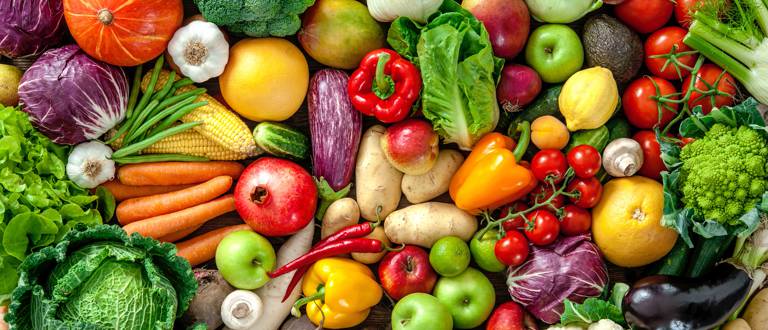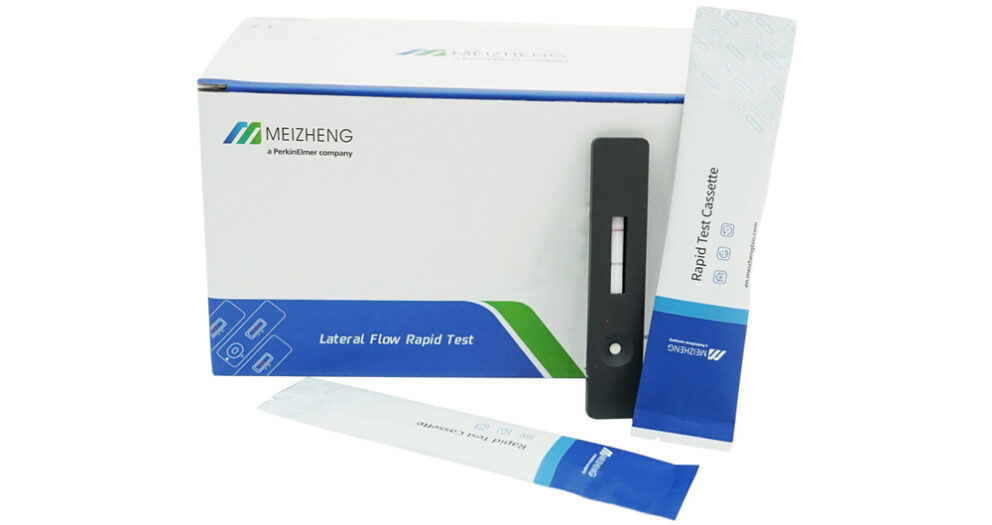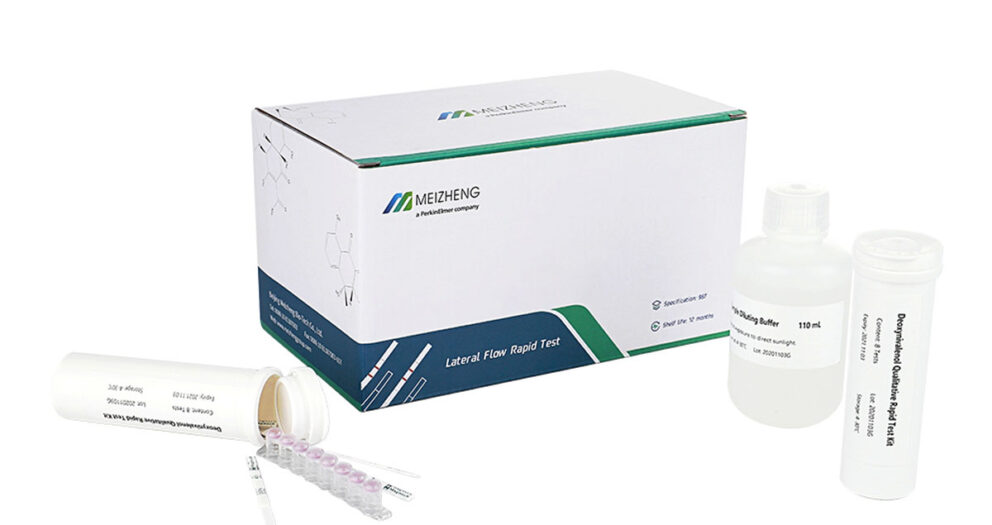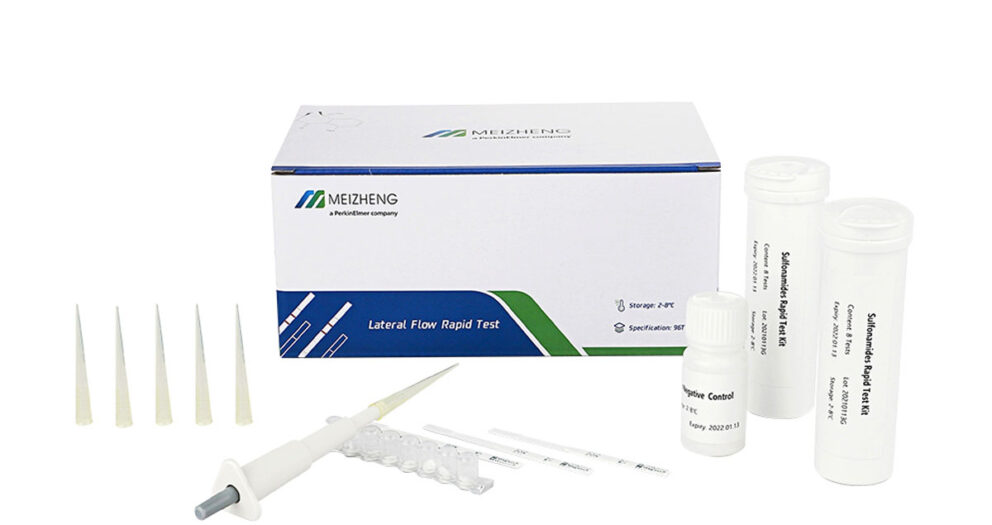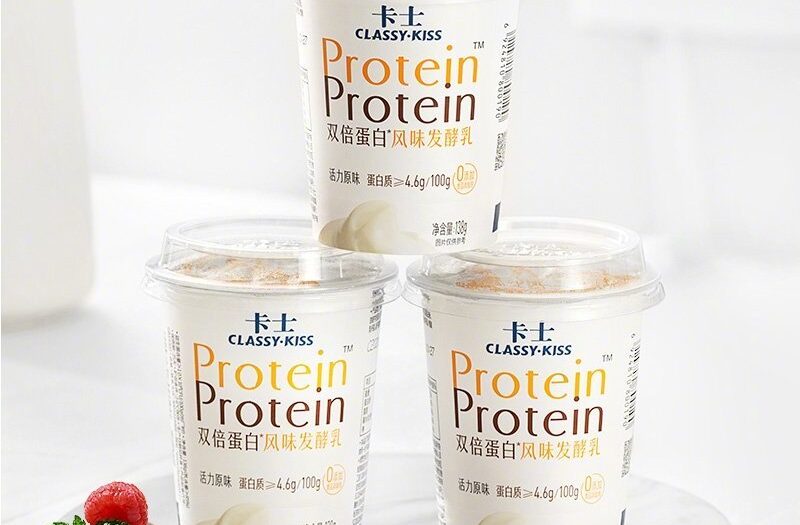Q: How does the “National Food Safety Standard – Maximum Residue Limits of Pesticides in Foods” (GB 2763-2014) stipulate the selection of detection methods?
Answer: The detection methods in GB 2763 are classified according to pesticides, including single-residue detection methods, similar pesticide residue detection methods and multi-residue detection methods. The three types of methods complement each other.
The single-residue detection method is a detection method developed for pesticides that cannot be included in the same type of pesticide residue or multi-residue detection methods due to special reasons such as matrix interference. The multi-residue detection method of similar pesticides is a detection method developed for the same class of pesticides as organophosphorus or pesticides that can be detected at the same time by the same detector. The multi-residue detection method is a primary or secondary mass spectrometry multi-residue detection method developed for the same detection range and detection object.
Q: GB 2763 regulates the limits of pesticide residues in which processed foods?
Answer: GB 2763 specifies the maximum residue limits of pesticides in some processed foods, such as grains (finished grains, such as wheat flour, whole wheat flour, etc.), oils and fats (vegetable oils, such as soybean oil, rapeseed oil, peanut oil, cottonseed oil, etc.) , Dried fruits (preserved citrus, dried plums, raisins, etc.), beverages (fruit juice, such as vegetable juice, fruit juice, etc.). It should be noted that the MRLs marked as processed foods apply to processed foods; the MRLs for unprocessed foods cannot be used in processed foods.
Q: What kinds of pesticides are combined in GB 2763?
Answer: First, the parent and its salts are combined into one pesticide. There are 6 pesticides in GB 2763 and their corresponding salts, so they are combined into a class of pesticides due to the same residues, and the test results are all counted as the pesticides. The second is the combination of the parent body and the high-efficiency isomer into a pesticide. There are 9 pesticides in GB 2763 and their high-efficiency isomers are combined into a class of pesticides due to the same residues, and the test results are all based on the pesticides. count.
Q: The three pesticide residues of methamidophos, methyl parathion and parathion were detected in the samples of naked oats, and the detected concentrations were 0.04mg/kg, 0.03mg/kg and 0.01mg/kg respectively. Does the test result of the sample meet the requirements of GB 2763?
Answer: Naked oats are leafy vegetables. GB 2763 stipulates that the maximum residue limit of leafy vegetables methamidophos is 0.05mg/kg, and the detected concentration of methamidophos in this sample is lower than the maximum residue limit value; the maximum residue limit of methyl parathion is 0.02mg /kg, the detected concentration of methyl parathion in this sample is higher than the maximum residue limit value; the maximum residue limit of parathion is specified as 0.01mg/kg, and the detected concentration of parathion in this sample is equal to the maximum residue limit value .
It should be noted that, according to the former Ministry of Agriculture Announcement No. 322: Since June 30, 2004, the sale and use of 5 highly toxic organophosphorus containing methamidophos, methyl parathion and parathion in China is prohibited. Compound products of pesticides. However, the above-mentioned banned pesticides may remain in food through environmental residues, air, water, etc. GB 2763 requires limited amounts of the above-mentioned banned pesticides, so if the test result is not higher than the maximum residue limit, it meets the requirements of GB 2763.
Q: The cherry sample weighs 12.3415g, 12.2651g after removing the stem, and 10.2591g after removing the core. The sample with the shank and the core removed is smashed evenly. When calculating the content of pesticide residues, what should the sample quality be?
Answer: GB 2763 Appendix A Food Category and Determination Part stipulates that the measurement part of fruit (drupe) is the whole fruit (with the stalk and pit removed). When calculating pesticide residues, the sample quality should include the quality of the kernel. Therefore, when calculating the pesticide residue content, the sample mass is 12.2651g.
Q: How to select the detection method for the detection of the residues of metazapyr in apple samples?
Answer: 4.26 of GB 2763 stipulates that the maximum residue limit of metazapyr in apples is 0.03mg/kg, and the detection method is selected according to the relevant regulations in GB/T 19648 and NY/T 1379.
Q: How to determine the limit and detection method when detecting o-phenylphenol pesticide residues in orange juice samples?
Answer: Orange juice is a processed food, and the MRL cannot be queried based on oranges. The MRL should be queried based on orange juice in beverages. 4.183 of GB 2763 stipulates that the maximum residue limit of o-phenylphenol pesticide in orange juice is 0.5mg/kg, and the detection methods are GB/T 19648 and SN/T 0597.
Q: Do I need to remove the roots when measuring leafy vegetables? Is it necessary to remove petioles when measuring melon vegetable samples? When measuring melons and fruits, is it necessary to remove the skin of melons?
Answer: GB 2763 stipulates the determination parts of leafy vegetables, melon vegetables and melon fruits. Among them, the measurement part of leafy vegetables is the whole tree with the roots removed, the measurement part of melon vegetables is the whole melon after removing the handle, and the measurement part of melon and fruit is the whole melon.
Leafy vegetables are mostly small in plant type. In order to ensure the representativeness of the samples, it is necessary to collect multiple plants and mix them to prepare samples. It should be noted that the common edible part of celery is the stem, but the standard clearly states that the measurement part is the whole tree, that is, the leaves should not be removed during sample preparation, but should be crushed with the leaves; each Chinese cabbage is large, in order to ensure For the representativeness of the sample, a part of the whole Chinese cabbage can be taken according to the quartering method, and after sampling multiple Chinese cabbage, the samples are prepared by mixing.
For melon vegetables, such as small melons such as cucumbers, in order to ensure the representativeness of the samples, it is necessary to take multiple samples and prepare the samples after mixing; The samples were mixed well and the samples were prepared.
The rind of melons and fruits is relatively prone to residues of pesticides, and under normal circumstances, consumers will not eat the rind directly. According to custom, the measured part is usually the edible part. Therefore, when preparing melon and fruit samples, it should be prepared in accordance with the requirements of GB 2763.
View more pesticide residues test kits.


